Easy Guide to Vegetable and Herb companion planting made simple! I have put together an easy guide to help you when planning and growing your container garden. Each container garden is unique and you can move the containers around in some cases. That is why I love container growing so much.
Table of Contents
Benefits of Companion Planting Your Vegetables and Herbs
- You are minimizing risks of pests, disease, and even weather
- Protecting your crop from harsher conditions like weather or hot and humid days
- Trap Cropping. Some plants will repel insects and others will lure the good ones like bees.
- Positive Hosting is when the proximity of the plants is situated so that they can produce a surplus of pollen and nectar. This will increase the bees and with more bees, you get more yields.
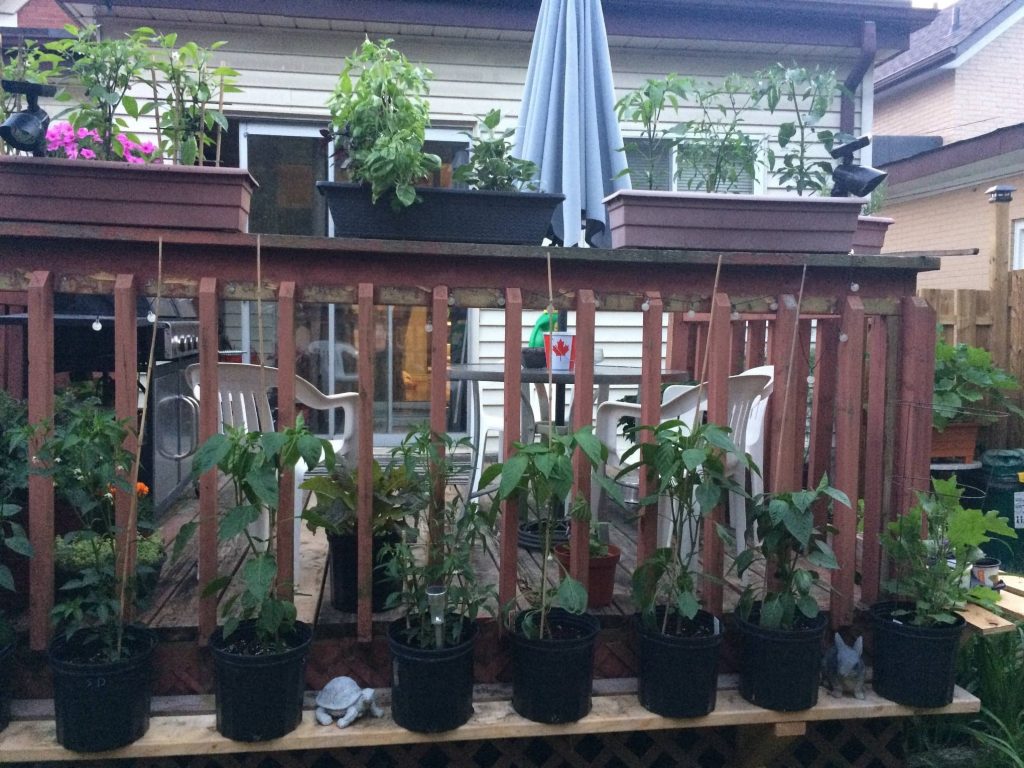
Growing Chart to Companion Vegetable and Herb Growing
Download our FREE infographic tool to help you.
Companion Gardening Tips For Attracting Bees and other Pollinators
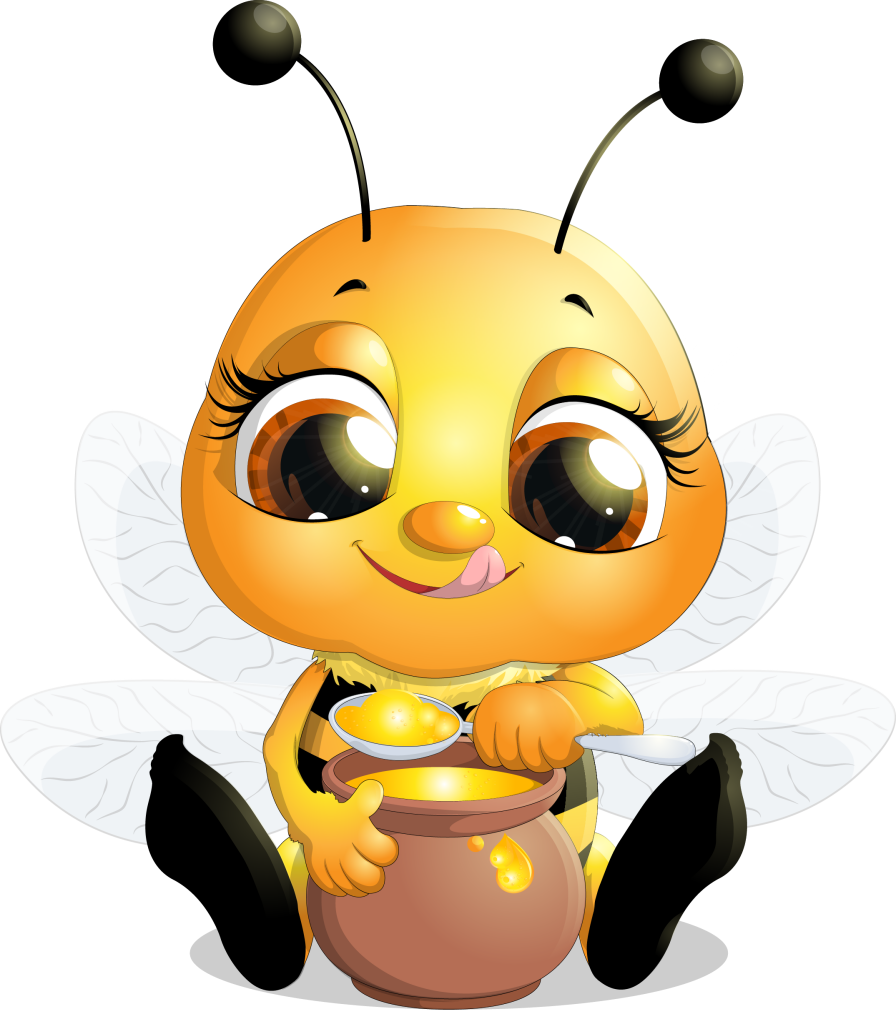
You want to attract some bees and other pollinating insects to your garden. You can plant any of these as part of your container growing. Just simply grow them next to certain vegetables and herbs so pollinators can keep coming. They will help increase your yield and another thing I can suggest is leaving just a small lid with a few drops of water and sugar In your flower pots so the bees can have a quick drink on hot humid days.
Marigolds for Vegetable and Herb Companion Planting
Benefits of Planting Marigolds in your garden
Although Marigolds can attract aphids so do not plant next to plants like zucchini or peas. Place near tomatoes and asparagus to prevent beetles, and tomato hornworms. It is also an edible flower! The flavor is quite bitter but with the orange petals, it makes a beautiful garnish.
Lavender for Vegetable and Herb Companion Planting
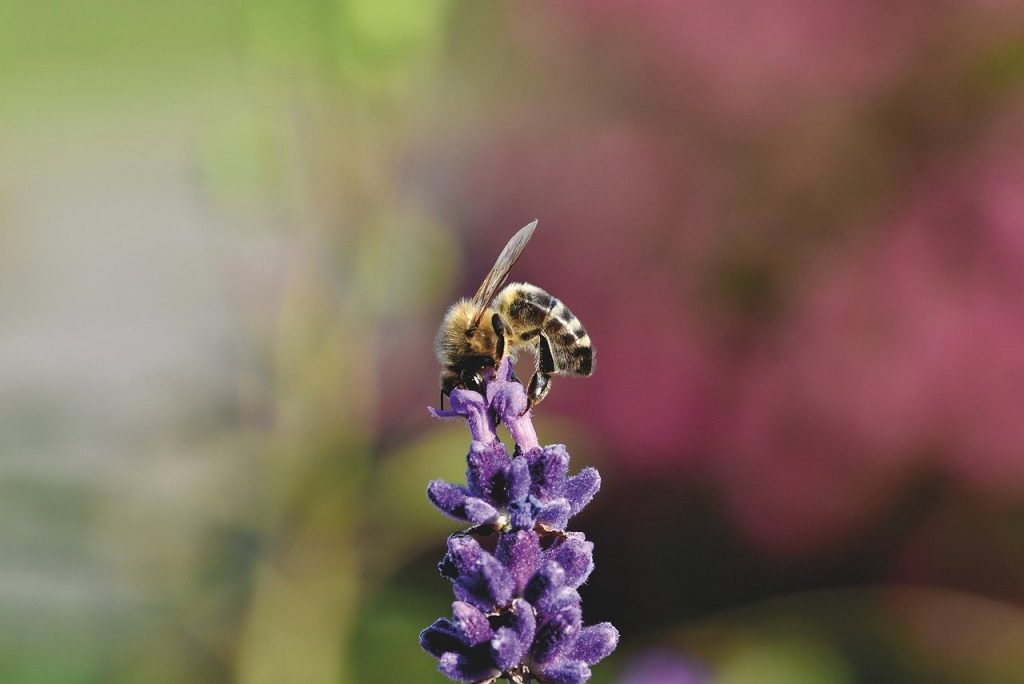
Benefits of Planting Lavendar in your garden
Plant your lavender next to herbs like Basil, and Oregano to repel aphids and other varieties of flies. Lavender attracts pollinators like bees. They also can repel moths, mice, and mosquitoes. Furthermore, they can add a beautiful scent to your garden.
Sunflowers for Vegetable and Herb Companion Planting
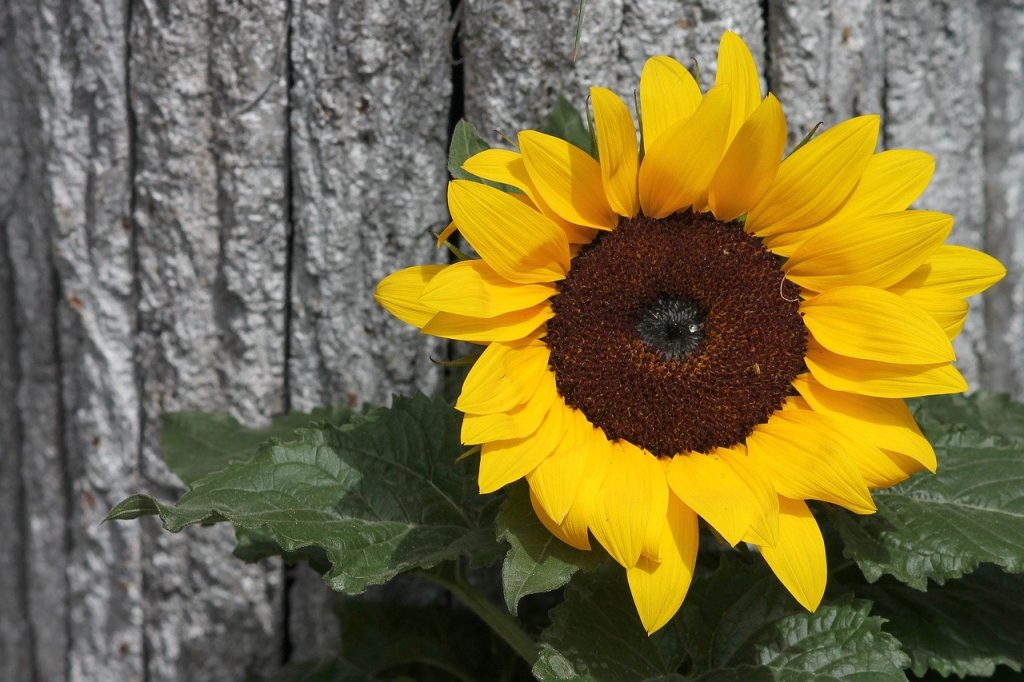
Benefits of Planting Sunflowers in your garden
If you plant them early enough they can make great trellises for climbing plants. With a ton of nectar in each flower, bees love them. However they will attract other pests like squirrels and birds. If you plant a course leaf plant type like in the squash family. This can help repel squirrels. Plant them around the base of the sunflower plant.
Sweet Pea Flowers for Vegetable and Herb Companion Planting
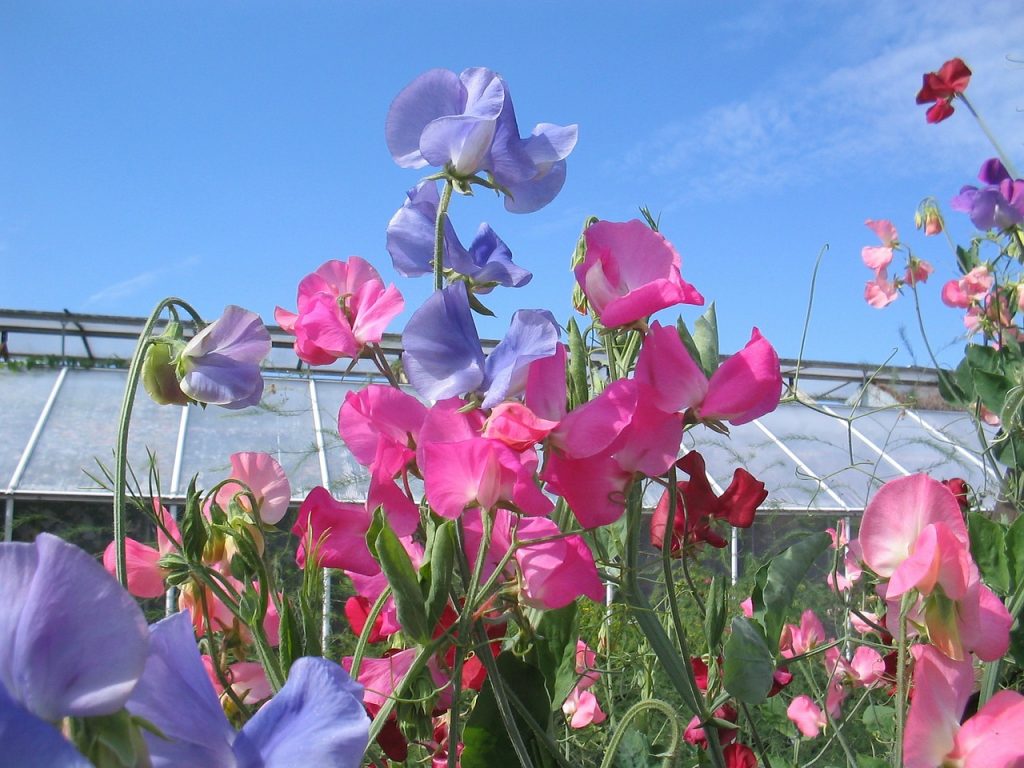
Benefits of Planting Sweet Pea Flowers in your garden
These flowers are not edible peas and are different from your regular ones. Keep them protected in your garden from squirrels and other animals by using some vegetable containers to make them hard to access. They are great to plant with your beans and peas to help the pollinators work on those plants as well. There is no risk of cross-pollinating the edible peas as they do belong to different genera or genetic makeup.
Companion Garden Basics
Choose the plants you want to work with. You may want to plant certain flowers or plants to deter pests. Or simply just want to change the flavor or tastes of specific plants. If you have a very large container and want to plant a tomato plant with basil or parsley to make the tomatoes sweeter for one example. Maybe plant some dill to any plants that are struggling to enrich the soil with more nitrogen.
Grow plants like marigolds or mustard to attract more ladybugs. Invite those pollinators to your garden for optimal success. Basil, dill, and mint can inhibit pests but they do attract a lot of bees.
What Are Night Shade Vegetables
Nightshade vegetables are things like white potatoes, eggplants, tomatoes, cayenne peppers, bell peppers, paprika, carrots.
Non-Night-shades are things like sweet potatoes, yams, cauliflower, and mushrooms.
Fast Reference for Companion Planting
- Keep Plants that are known to carry similar diseases apart. For example, your tomatoes and potatoes are both are susceptible to Blight disease. Peppers and beans should not be planted together since they are both susceptible to anthracnose.
- Grow Plants that prefer similar conditions together in one container. For example, the mustard family and any of the nightshade families prefer different soil types. You want plants that put nitrogen in and plants that take them out to be compatible.
- Plant your fast growers with your slow growers. Try sowing your radishes since they grow quickly with things like beets or spinach.
- You can also plant your larger plants in containers beside smaller ones to provide shade.
- Use Beans and Peas as your nitrogen fixer. Rotate your containers and grow leafy greens, leeks, garlic, and scallions in the soil the next year.
- Plant some flowers, cabbage, and herbs to attract parasitic wasps that prey on small garden pests like aphids.
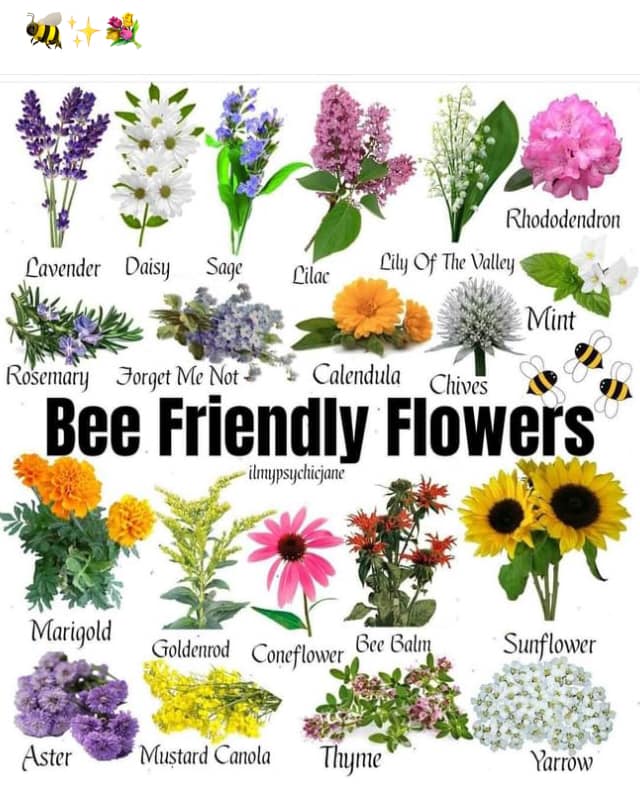
*Disclosure: I only recommend products I would use myself and all opinions expressed here are our own. This post may contain affiliate links that at no additional cost to you, I may earn a small commission.
Busy Bee thinks You May Like These Canadian Seeds
-
 London Sunshine® Premium Grade Food Dehydrator – High Quality
London Sunshine® Premium Grade Food Dehydrator – High Quality -
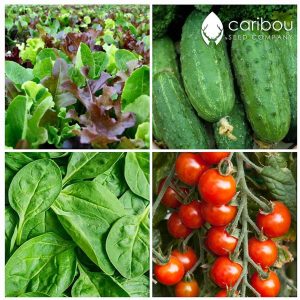 Summer Salad Garden by Caribou Seed Company – Canadian Seed Kit
Summer Salad Garden by Caribou Seed Company – Canadian Seed Kit -
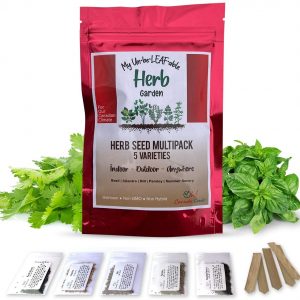 Herb Seeds Variety Pack – 5 Heirloom Varieties Canada
Herb Seeds Variety Pack – 5 Heirloom Varieties Canada -
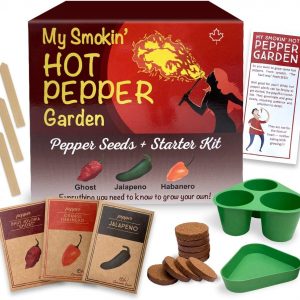 Hot Pepper Seed Variety Grow Kit – Ghost (Bhut Jolokia), Habanero, Jalapeno
Hot Pepper Seed Variety Grow Kit – Ghost (Bhut Jolokia), Habanero, Jalapeno -
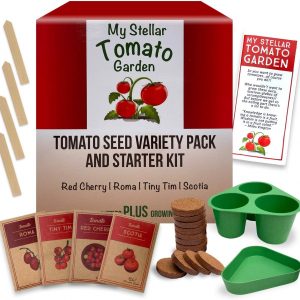 Tomato Seeds Variety Pack for Planting in Canada
Tomato Seeds Variety Pack for Planting in Canada -
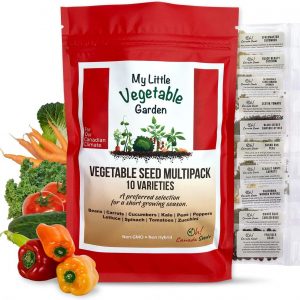 Vegetable Seeds Variety Pack Canada – 10 Heirloom Varieties Non GMO
Vegetable Seeds Variety Pack Canada – 10 Heirloom Varieties Non GMO


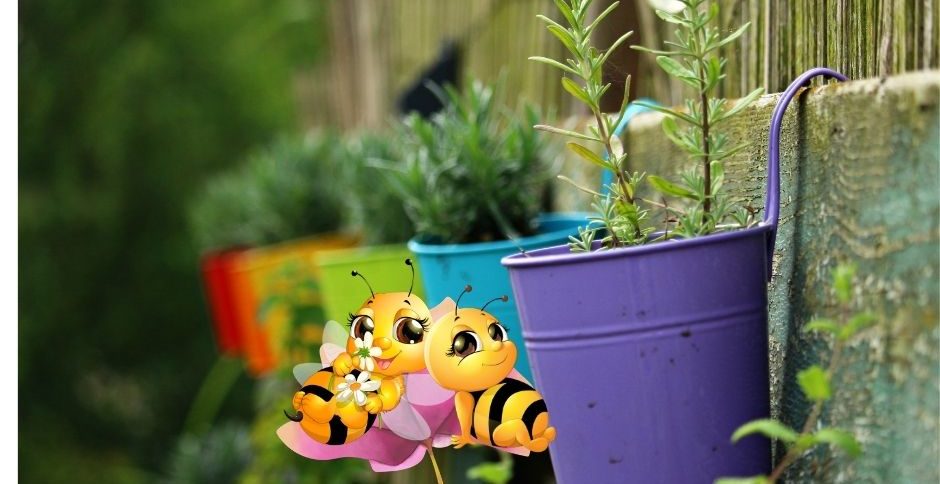
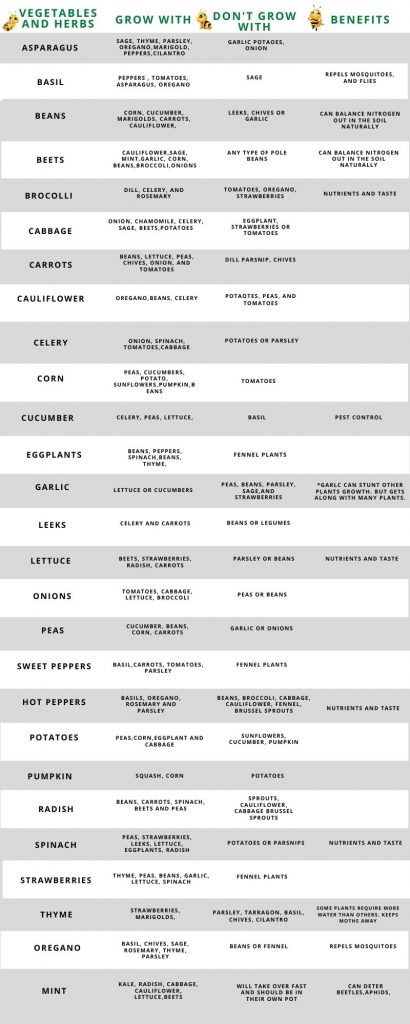
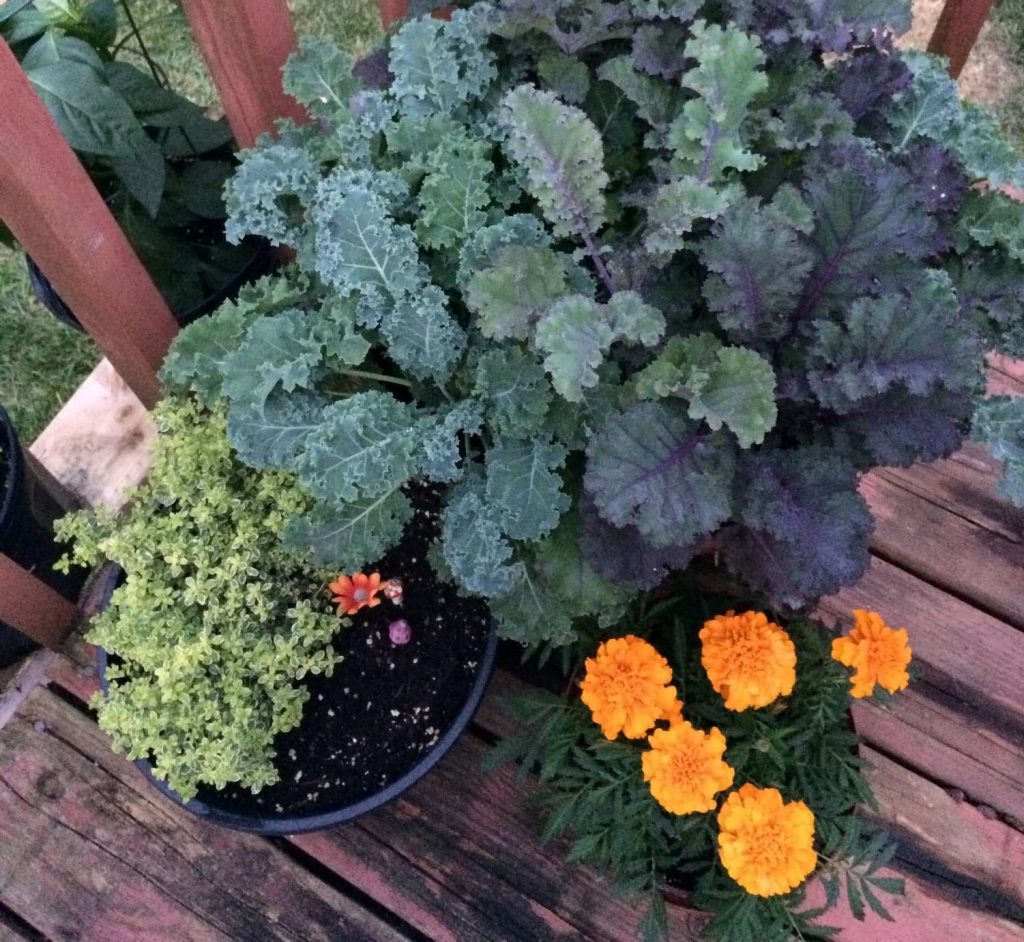
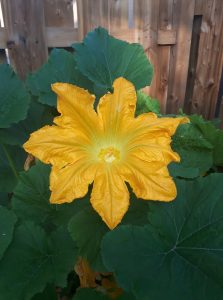
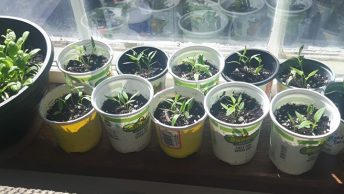
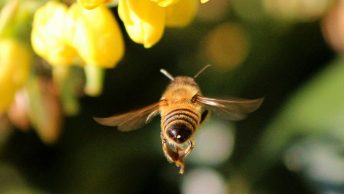
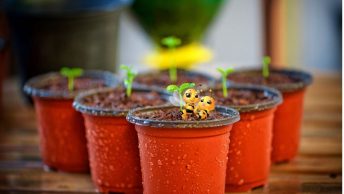
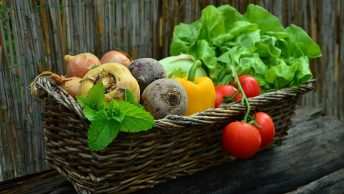

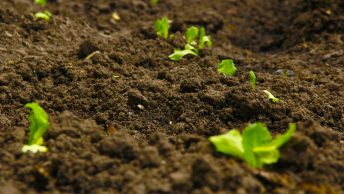
I love this, so much helpful information! I love that you have the sheets with everything at a glance. Thank you!
Thank you Stephanie for the kind words! I am so happy you found the chart useful 🙂
Blog looks great!! Keep it up!
Thank you for testing the page out for me 🙂 and the kind words!
I am not much of a gardener but I shared this post with my husband who loves gardening. This will surely help him.
That is great! I hope he will find it helpful too. Thank you for the kind words and for leaving me a comment 🙂